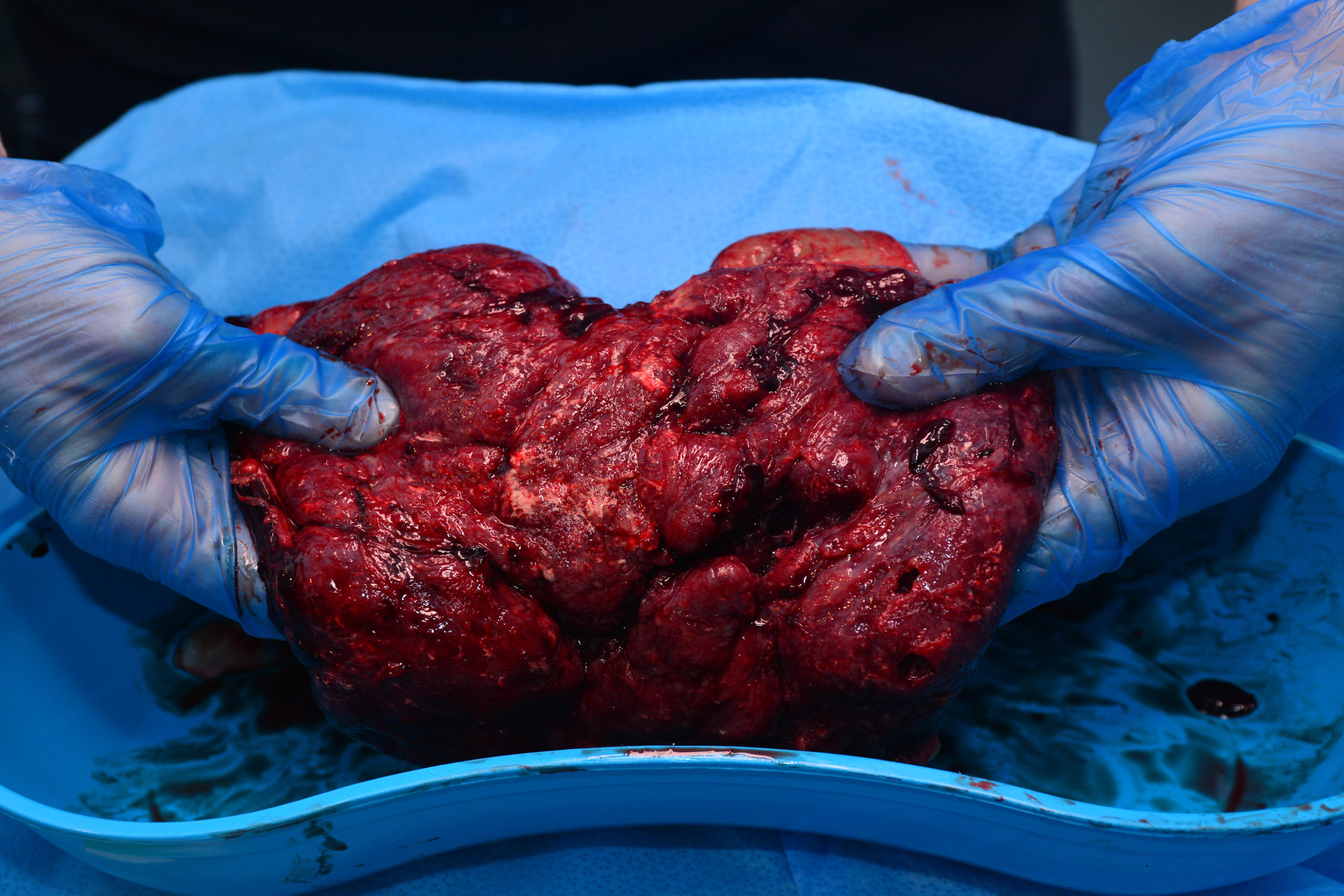Placentophagy, the practice of consuming the placenta post-childbirth, has become a subject of controversy in recent times. This practice, common among mammals, has found its way into human culture, with a resurgence of interest in North America and other parts of the world. However, the health benefits and risks associated with human placentophagy remain largely unverified, raising concerns among medical professionals and researchers.
The Anatomy of the Placenta
The placenta is a complex, temporary organ that forms within the uterus during the early stages of pregnancy. It serves as the intermediary between the mother and fetus, facilitating exchange of gases, nutrients, and waste products. In addition to these vital functions, the placenta synthesizes and secretes various hormones that are crucial for the successful progression of pregnancy.
The Practice of Placentophagy
Placentophagy involves the ingestion of the placenta and other components expelled postpartum. This behavior is common among most terrestrial eutherian mammals, including non-human primate species. In contrast, human placentophagy is relatively rare and often practiced within the confines of specific cultural or alternative health beliefs.
Despite the lack of widespread traditional practice, there has been a noted rise in human placentophagy in industrialized cities over the past few decades. The placenta is often consumed raw, cooked, dehydrated, processed, or encapsulated.
Hypotheses Surrounding Placentophagy
Several hypotheses attempt to explain the motivation behind placentophagy, although not all have been subject to rigorous testing. Some theories suggest that this behavior is part of an innate repertoire exhibited during the peripartum period, such as nest construction or site displacement.
Others propose that placentophagy is driven by hunger after fasting during the peripartum period. However, it is worth noting that not all animals stop eating before giving birth. For instance, both rats and giraffes continue to ingest food 24 hours before delivery.
An alternate explanation proposes a temporary shift in dietary preference during parturition, leading to placentophagy in herbivorous animals.
Endocrine Effects of Placentophagy
One of the most highlighted motivations for placentophagy revolves around the ingestion of hormones. The placenta is rich in hormones such as oxytocin, estrogens, progesterone, adrenocorticotropic hormone (ACTH), Releasing Factor Corticotropin, chorionic gonadotropin, hypothalamic releasing hormones (GnRH), placental lactogen, placental opioid enhancing factor (POEF), relaxin, and inhibin.
These hormones play a crucial role in the development of the fetus and the health of the mother. The endocrine effects of hormones ingested through placentophagy, however, have not been fully explored, and the impact on maternal biology remains unclear.
Potential Health Benefits of Placentophagy
Advocates of placentophagy claim that it offers numerous health benefits. Some of these purported benefits include improved mood, reduced postpartum depression, increased energy, enhanced milk supply, and provision of essential micronutrients, such as iron.
However, the scientific evidence supporting these claims is limited and often contradictory. For instance, some studies found no significant difference in maternal iron levels, mood, fatigue, or bonding between mothers who consumed placenta capsules and those who took a placebo.
Adverse Effects of Placentophagy
Despite the purported benefits, placentophagy also carries potential health risks. The placenta can contain infectious bacteria, viruses, and other potentially harmful substances. For instance, the Centers for Disease Control and Prevention (CDC) issued a warning against consuming placenta capsules due to a case of newborn infection with group B streptococcus.
Additionally, the placenta may contain environmental toxins and heavy metals such as cadmium, lead, arsenic, and mercury. These substances could pose health risks to both the mother and the baby if ingested.
The Need for Further Research
Given the controversy surrounding placentophagy, more rigorous scientific research is needed to fully understand the potential benefits and risks associated with this practice. Currently, the evidence is largely anecdotal and lacks the scientific rigor necessary to support the claimed benefits of placentophagy.
In conclusion, while placentophagy is a common practice in the animal kingdom, its application in humans remains contentious due to a lack of robust scientific evidence supporting its purported benefits and potential health risks. Those considering this practice should consult with their healthcare provider and weigh the potential benefits against the known and unknown risks.



